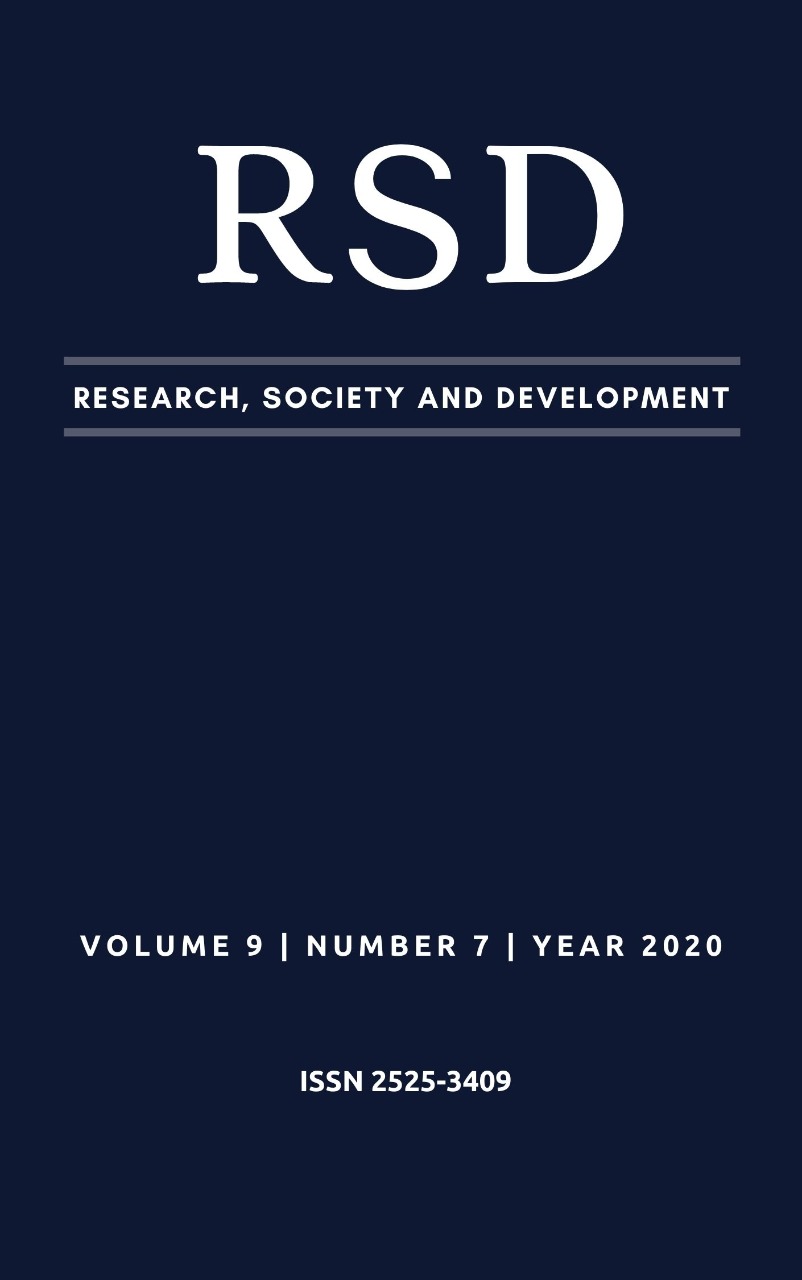Biodigestive septic tanks: Case study focused on the Santana do Aurá-Belém / PA School
DOI:
https://doi.org/10.33448/rsd-v9i7.3764Keywords:
Health; Technologies; Sustainability.Abstract
The lack of access to water and basic sanitation is a barrier to disease prevention, a concern that extends for many years due to disease transmission. Currently, it is visible that the vast majority of people live without access to basic sanitation in Brazil, this lack of treatment can have serious socioenvironmental consequences. Thus, it is necessary to seek accessible technologies to treat domestic effluents, mainly in rural communities, in order to minimize negative impacts. It is worth mentioning that the launch directly into the water or soil, results in significant impacts on aquatic life and the environment as a whole. Therefore, the research carried out in partnership with Embrapa Amazônia Oriental-Belém / PA seeks to highlight the importance of the development of rural technology such as biodigestive septic tanks, developed by Embrapa to treat rural domestic sewage. The study was carried out at the Santana do Aurá-Belem / PA Municipal School, with the purpose of bringing quality of life to students and employees and showing that low-cost technologies are efficient to improve the sewage system within a community in the rural area. With the development of the project it was possible to identify that the biodigester septic tank can treat the generated sewage and did not leave it exposed as previously. It is also worth mentioning that the neighborhood where the project was installed does not yet have the correct sanitary sewage treatment and that other actions may extend beyond the school wallsReferences
Brasil. (2005). Resolução Conama número 357 de 17 de março de 2005. Disponível em: < http://pnqa.ana.gov.br/Publicacao/RESOLUCAO_CONAMA_n_357.pdf >. Acesso em 16 de abril de 2020.
Jordão, E. P., & Pessôa, C. A. (2011). Tratamento de Esgotos Domésticos. 6ª ed., Rio de Janeiro.
Onu. (2017). Relatório Nações Unidas 4,5 bilhões de pessoas não dispõem de saneamento. Disponível em: <https://nacoesunidas.org/onu-45- bilhoes-de-pessoas-nao-dispoem-desaneamento-seguro-no-mundo/>. Acesso em 16 de abril de 2020.
Trata Brasil. (2010). Base de dados de SNIS-sistema nacional de informações de saneamento. Disponível em: <http://www.tratabrasil.org.br/saneamento/o-que-e-saneamento>. Acesso em 16 de abril de 2020.
Trata Brasil. (2015). O que é saneamento. Disponível em: <http://www.tratabrasil.org.br/saneamento/o-que-e-saneamento>. Acesso em 16 de abril de 2020.
Vettore, M., & Lamarca, G. (2010). Censo 2010: uma leitura dos resultados sobre saneamento básico. Rio de Janeiro: Portal DSS Brasil.
Downloads
Published
How to Cite
Issue
Section
License
Authors who publish with this journal agree to the following terms:
1) Authors retain copyright and grant the journal right of first publication with the work simultaneously licensed under a Creative Commons Attribution License that allows others to share the work with an acknowledgement of the work's authorship and initial publication in this journal.
2) Authors are able to enter into separate, additional contractual arrangements for the non-exclusive distribution of the journal's published version of the work (e.g., post it to an institutional repository or publish it in a book), with an acknowledgement of its initial publication in this journal.
3) Authors are permitted and encouraged to post their work online (e.g., in institutional repositories or on their website) prior to and during the submission process, as it can lead to productive exchanges, as well as earlier and greater citation of published work.

